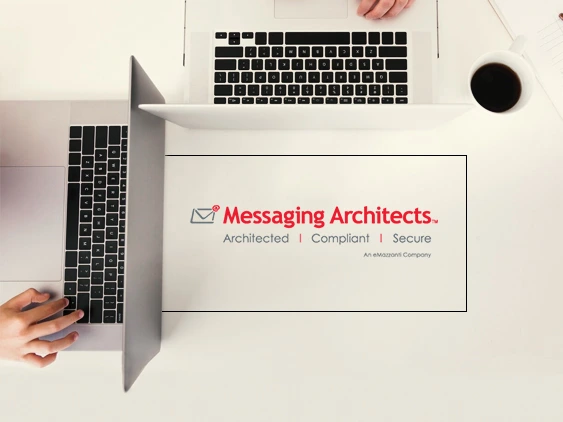A new article from Messaging Architects warns of four frequent email migration mistakes and offers suggestions to achieve migration success.
Messaging Architects, an eMazzanti Technologies Company and email migration counsellor, shares critical information to help organisations ensure successful email migrations. The author discusses common mistakes that companies make when moving to a new email system.
The article then explains how to guard against these migration mistakes and achieve a seamless migration process. For instance, by asking the right questions and using the right tools, organisations set themselves up for success. The author also emphasises the importance of addressing the end user and then highlights crucial post-migration tasks.
“Email migration mistakes mean downtime, data loss, and frustrated users,” stated Greg Smith, Vice President of Services Delivery at Messaging Architects. “With careful planning, however, no organisation needs to experience a failed migration.”
Latest HRtech Interview Insights : HRTech Interview With Shawn Herring, CMO At AirSlate
Below are the 4 mistakes mentioned in the article, “4 Common Email Migration Mistakes…and How to Avoid Them.”
- Neglecting to Ask the Right Questions
“What information needs to move to the new system, and what information should be deleted or moved to an archive? For instance, information to migrate will include more than email accounts. It will also include contacts, calendars, distribution lists, shared mailboxes, folder structures, settings, and permissions.”
- Using the Wrong Migration Methods and Tools
“The amount of data to migrate and the complexity of the email environment will determine the solution to use. DIY solutions and Microsoft’s migration tool may work for small, basic migrations. However, for more complex migrations or companies that cannot afford downtime, a third-party solution will provide the best results.”
- Forgetting that End Users Determine Success or Failure
“Email affects everyone in the organisation, from executives to interns. Keeping end users and stakeholders informed and engaged throughout reduces surprises and ensures a smooth transition. Provide formal training and just-in-time hints regarding new features and workflow changes. Additionally, establish a simple process for reporting issues.”
- Skimping on Post-migration Tasks
Going live does not mean the end of the migration process. Carefully monitor and evaluate the performance of the new system, as well as user adoption. Validate the migration to check for data loss, errors, and compatibility issues and verify that data, features, and settings have migrated correctly.
The correct email migration tools are essential for ensuring data integrity, minimising downtime, enhancing efficiency, and providing a positive user experience during the migration process. They contribute to a successful transition and help organisations avoid potential pitfalls associated with manual or inadequately supported migrations.
Recommended : From Tactical To Strategic: HR Solutions That Drive Business Value
[To share your insights with us, please write to pghosh@itechseries.com ]

